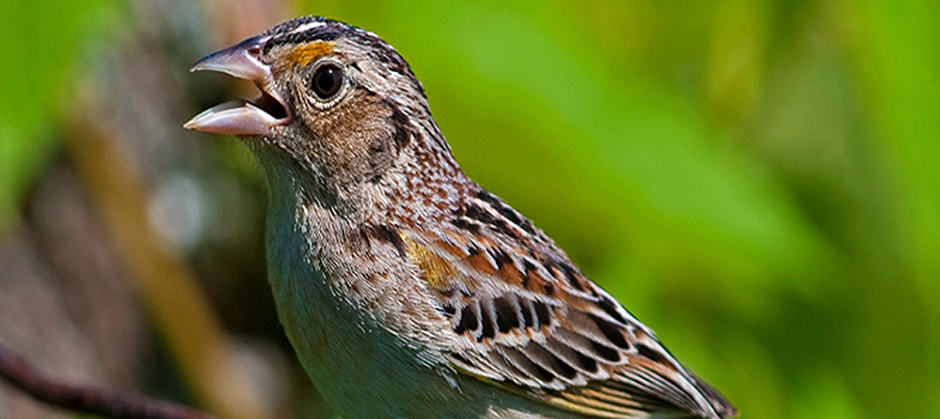Share this article
Specialist bird species can’t track climate changes
Species evolve to be adapted to certain climates. As the climate changes, conservationists hope wildlife can move to places that are more appropriate for their needs. Since birds fly, they ought to be able to make the change better than snakes or salamanders.
But sometimes, even birds fall out of line with their ideal climate conditions, so much so that researchers found climate conditions may not be a great predictor of where to find them.
“Throughout time, the matching between species distributions and changing climatic conditions can get weaker,” said Duarte Viana, a postdoctoral researcher at the Spanish National Research Council (CSIC).
This increasing mismatch was termed “climate decoupling.” For many bird species, Viana found, the decoupling is significant. For some species less dependent on specific climate conditions, it may not be a problem. For others though, it can lead to population losses.
Viana Chase conducted a study published in Nature Ecology and Evolution to understand which types of bird species could track their preferred climate conditions. It wasn’t just about conservation. Ecologists and conservation biologists often rely on climate conditions to predict future species distributions. If climate decoupling is widespread, their models would be off.
To look for mismatches between climate and abundance, the researchers used the North American Breeding Bird Survey, a citizen science initiative that has been running since the 1960s that tracks birds across the continent. Using data from the past 30 years, they modeled how well climate predicts the abundance and distribution of species each year. “What we saw was a general climate decoupling trend,” Viana said. Thirty of the 114 species they studied became less adjusted to their climate over the last 30 years.
“Climate is becoming less and less of a predictor of abundances and distributions of bird species,” Viana said.
But trends varied for different species. For example, habitat specialists—birds tied to very specific conditions on the landscape—were particularly decoupled from climate. These birds—like the grasshopper sparrow (Ammodramus savannarum), which relies on grassland habitats—tended to show higher magnitudes of climate decoupling.
“These habitat specialists are even more decoupled from climate because they have to also deal with this challenge of finding their preferred habitats, and these habitats, such as grasslands, are in many cases also threatened by other global changes such as land use change,” Viana said.
Grasshopper sparrows also fit with another finding. Declining species also tended to be more decoupled from their optimal climate conditions. “There was a clear signal that abundance trends were connected to climate matching trends,” he said. That’s worrying, Viana said, since threatened species may be less able to handle an adverse climate.
The difference often seemed to come down to the birds’ characteristics, the researchers found. For instance, larger birds tended to be more coupled to their climates.
Viana said he plans to look further into how the ecological niches of birds are changing through time and how researchers can account for these trends in predictive models. If birds are becoming more decoupled from climate, he said, “then using climate to predict future distributions is not a good idea.”
Header Image:
A grassland specialist, the grasshopper sparrow hasn’t adjusted to changing climate conditions.
Credit: Adobe Stock








